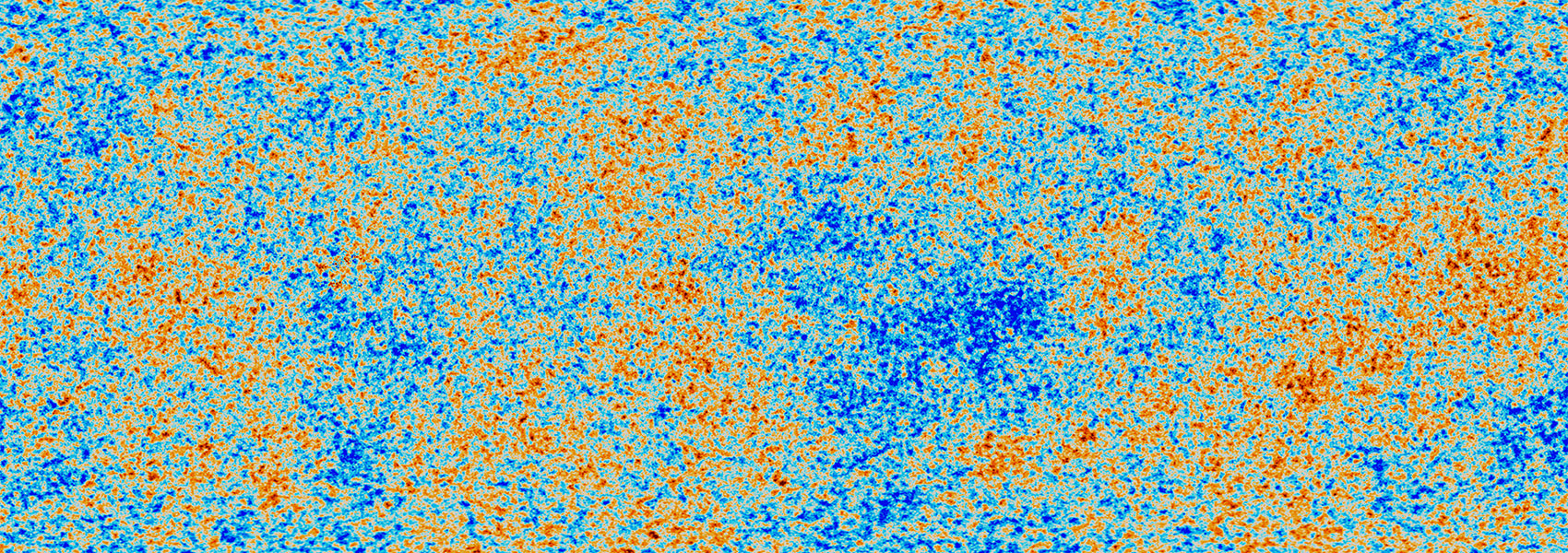
Two distinct populations of dark comets delineated by orbits and sizes
December 2024 • 2024PNAS..12106424S
Abstract • Dark comets are small bodies with no detected coma that have significant nongravitational accelerations explainable by outgassing of volatiles, analogous to the first interstellar object 1I/'Oumuamua. These objects represent a potentially widespread class of small bodies that further populate the continuum between asteroids and comets and for which the active nature is inferred from their orbital motion. We report detections of seven dark comets which demonstrate that there are two distinct populations based on their orbits and sizes. These objects represent a class of Solar System objects that may have delivered material to the Earth necessary for the development of life such as volatiles and organics.
Links



